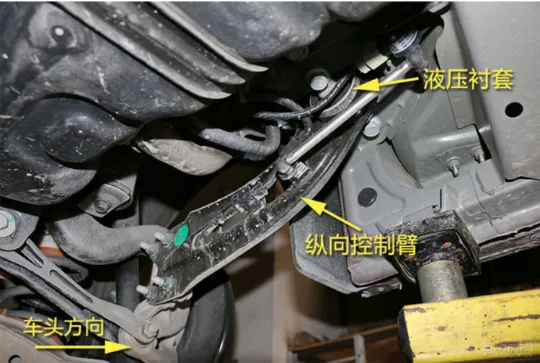Understanding Different Types of Solar Panels for Rooftop Installations
Types of Roof Solar Panels A Comprehensive Guide
As the demand for renewable energy sources continues to rise, solar panels have become an increasingly popular choice for homeowners looking to reduce their carbon footprint and save on energy costs. When it comes to solar panels, the type you choose can significantly impact the efficiency, appearance, and overall performance of your solar energy system. Here, we explore the different types of roof solar panels available in the market today.
1. Monocrystalline Solar Panels
Monocrystalline solar panels are made from a single crystal structure, which allows them to achieve high efficiency rates, often exceeding 20%. Their sleek dark appearance and compact size make them an attractive option for many homeowners. They occupy less space on the roof compared to other types, making them ideal for those with limited roof area. However, these panels tend to be more expensive due to the complex manufacturing process involved.
2. Polycrystalline Solar Panels
Polycrystalline solar panels are created from multiple crystal structures, which gives them a speckled blue appearance. While they are generally less efficient than monocrystalline panels, with efficiency rates around 15-20%, they are more affordable and easier to produce. For homeowners looking for a cost-effective option without sacrificing too much efficiency, polycrystalline solar panels are a solid choice.
types of roof solar panels

3. Thin-Film Solar Panels
Thin-film solar panels are lightweight and flexible, making them suitable for a variety of roofing materials and structures. They are made by depositing photovoltaic material on a substrate like glass or plastic. While they have lower efficiency rates (around 10-12%) compared to crystalline panels, they can perform better in low-light conditions and higher temperatures, making them a viable option in certain climates.
4. Bifacial Solar Panels
Bifacial solar panels are designed to capture sunlight from both sides, maximizing energy production. These panels are particularly effective when installed in areas with reflective surfaces, such as snow-covered roofs or light-colored ground. While they typically have a higher initial cost, their increased energy output can lead to better long-term savings.
Conclusion
Choosing the right type of solar panel for your roof involves considering factors such as efficiency, budget, and roof space. Monocrystalline, polycrystalline, thin-film, and bifacial panels each offer unique benefits tailored to different needs. By understanding these options, homeowners can make informed decisions that contribute to a more sustainable future while enjoying the advantages of solar energy.
-
String Solar Inverter: The High-Efficiency Solution for Smart Solar EnergyNewsJul.14,2025
-
Revolutionizing Rooftop Energy with the Power of the Micro Solar InverterNewsJul.14,2025
-
Power Independence with Smart Off Grid Solar Inverter SolutionsNewsJul.14,2025
-
On Grid Solar Inverter: Powering the Future with Smart Grid IntegrationNewsJul.14,2025
-
Monocrystalline Solar Panels: High-Efficiency Power for the Future of Clean EnergyNewsJul.14,2025
-
Bifacial Solar Panel: A Smarter Investment for Next-Generation Energy SystemsNewsJul.14,2025







